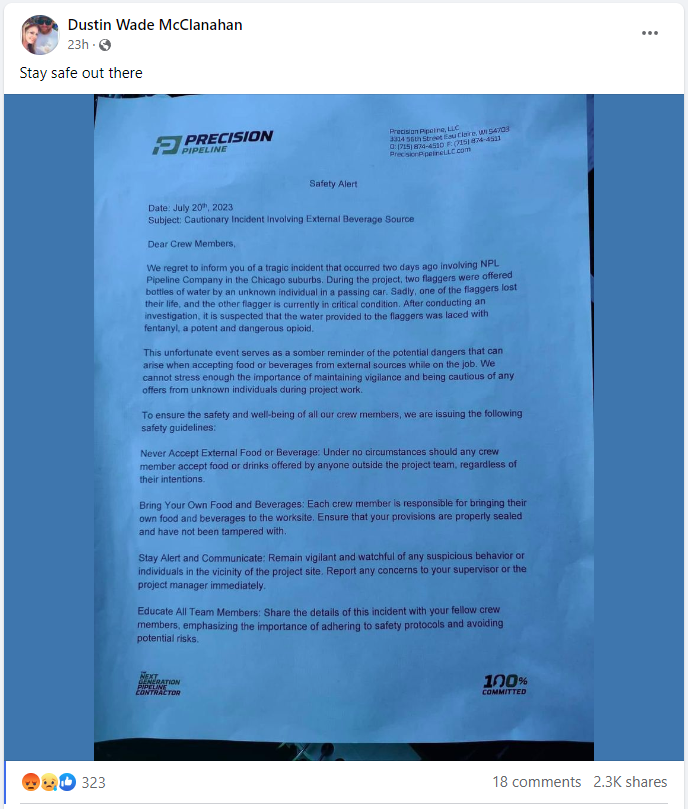Minimalist Living: A 30-Day Guide To A Less Cluttered Home

Table of Contents
Week 1: Assessing and Planning Your Minimalist Journey
Before diving into the physical act of decluttering, it's crucial to prepare your mindset and create a solid plan. This sets the foundation for a successful and sustainable minimalist lifestyle.
Decluttering Your Mindset: Shifting Your Perspective on Possessions
The first step in minimalist living is understanding your relationship with your belongings. Many of us hold onto items for emotional reasons, creating unnecessary clutter and stress.
- Identify your attachment to objects: Ask yourself why you keep certain items. Is it sentimental value, fear of needing it in the future, or simply habit?
- Understand the emotional connection to clutter: Recognize that clutter can be a manifestation of anxiety or avoidance. Letting go of items can be a powerful act of self-care.
- Practice gratitude for what you have: Appreciate the items you use and cherish, focusing on their functionality and value rather than their quantity.
- Define your minimalist goals: What do you hope to achieve through minimalist living? More space? Less stress? More time? Defining your goals will keep you motivated throughout the process. Clearly identifying your "why" is key to a successful minimalist mindset shift.
This initial focus on emotional decluttering is paramount for a lasting impact. It’s about fostering a minimalist mindset shift, preparing yourself to let go of possessions that no longer serve you.
Creating a Realistic Decluttering Plan: Breaking Down the Task into Manageable Steps
Decluttering an entire house at once can feel overwhelming. A strategic plan is essential.
- Start with one area: Begin with a small, manageable area, such as a drawer, a shelf, or a single closet. This builds momentum and prevents feeling discouraged.
- Set realistic daily goals: Aim for short, focused decluttering sessions (15-30 minutes). Consistency is more effective than sporadic bursts of intense cleaning.
- Use a timer to stay focused: Time limits can help you stay on track and avoid getting bogged down in details.
- Reward yourself for progress: Celebrate your achievements! Acknowledge your efforts and enjoy the sense of accomplishment. This positive reinforcement strengthens your commitment to your decluttering schedule and strategy.
A well-defined decluttering plan, focusing on small, achievable steps, is the cornerstone of successful home organization and time management for decluttering.
Week 2: The Power of Purging – Letting Go of Unnecessary Items
This week is all about actively getting rid of unnecessary items. The goal is to significantly reduce clutter and create more space.
The 20/20 Rule: Getting Rid of Items You Haven't Used in 20 Months and Wouldn't Replace for Under $20
This simple rule is a great starting point for identifying items you can let go of.
- Examples of items to consider: Clothes you haven't worn in 20 months, books you've already read, rarely used kitchen gadgets, outdated electronics, and even sentimental items that no longer bring joy.
- Tips for donating, selling, or responsibly discarding items: Research local charities or consignment shops. Consider selling items online or holding a yard sale. Dispose of items responsibly, recycling or donating where appropriate.
This method of decluttering provides a clear and objective criteria, making the decision-making process easier. It’s about getting rid of clutter effectively.
The One-In, One-Out Rule: Maintaining a Clutter-Free Environment
To prevent future clutter build-up, implement the one-in, one-out rule.
- For every new item brought into the home, one similar item must be removed: This maintains balance and promotes conscious consumption. This is a critical step in maintaining a minimalist home.
This simple rule is surprisingly effective in preventing the accumulation of unnecessary items, ensuring your home remains clutter-free.
Week 3: Organizing and Streamlining Your Space
With much of the clutter removed, it's time to organize and streamline your remaining possessions.
Organizing Your Closet: Maximizing Space and Creating a Visually Appealing Space
A well-organized closet is both functional and aesthetically pleasing.
- Folding techniques for clothes: Learn efficient folding methods to maximize space and create a neat appearance.
- Utilizing vertical space: Use shelves and hanging organizers to utilize vertical space effectively.
- Using storage solutions: Drawer dividers, shelf risers, and other storage solutions can help organize and maximize space.
This section focuses on practical closet organization – maximizing closet space and creating a visually appealing and functional space.
Streamlining Your Kitchen: Decluttering Countertops and Cabinets
A clutter-free kitchen is essential for efficient cooking and a peaceful environment.
- Getting rid of duplicate items: Eliminate redundant items, keeping only what you truly need.
- Organizing pantry staples: Group similar items together, using clear containers for easy visibility and access.
- Using clear storage containers: Clear containers allow you to see what you have, preventing you from buying duplicates.
These simple kitchen organization tips will not only declutter your kitchen counters and cabinets but will improve the overall functionality and aesthetics.
Week 4: Maintaining Your Minimalist Lifestyle
The final week focuses on sustaining your minimalist journey and preventing future clutter.
Mindful Consumption: Making Conscious Purchasing Decisions
Mindful shopping is key to long-term success.
- Ask yourself if you truly need an item: Before purchasing anything, pause and consider if it truly adds value to your life.
- Consider the long-term value: Don't buy items based on fleeting trends or impulsive desires.
- Avoid impulse buys: Develop strategies to avoid impulsive purchases.
Mindful shopping is crucial for long-term maintenance of a minimalist home and is a fundamental aspect of conscious consumerism.
Regular Decluttering Sessions: Preventing Clutter from Accumulating
Regular decluttering prevents clutter from building up again.
- Schedule regular decluttering sessions: Set aside time each month or quarter to declutter specific areas.
- Focus on one area at a time: This prevents the task from feeling overwhelming.
- Make it a habit: Integrate regular decluttering into your routine.
By incorporating regular decluttering sessions into your routine, you maintain a minimalist lifestyle, preventing clutter buildup and ensuring a peaceful living environment.
Conclusion
This 30-day guide to minimalist living provides a structured approach to decluttering your home and embracing a simpler, more intentional lifestyle. By following these steps, you can achieve a clutter-free home, reduce stress, and create a more peaceful living environment. Remember, minimalist living is a journey, not a destination. Continue practicing mindful consumption and regular decluttering to maintain your progress and enjoy the benefits of a less cluttered home. Start your minimalist living journey today!

Featured Posts
-
 Cheap Samsung Tablet 101 Price Tag Challenges Apples I Pad Dominance
May 31, 2025
Cheap Samsung Tablet 101 Price Tag Challenges Apples I Pad Dominance
May 31, 2025 -
 La Receta De Carcamusas Toledanas Un Plato Proteico Poco Conocido
May 31, 2025
La Receta De Carcamusas Toledanas Un Plato Proteico Poco Conocido
May 31, 2025 -
 Princes Passing A Look At The March 26th Fentanyl Report Findings
May 31, 2025
Princes Passing A Look At The March 26th Fentanyl Report Findings
May 31, 2025 -
 Sanofi Et Depakine Enquete Sur Les Rejets Toxiques De L Usine De Mourenx
May 31, 2025
Sanofi Et Depakine Enquete Sur Les Rejets Toxiques De L Usine De Mourenx
May 31, 2025 -
 Glastonbury Festival 2024 Fans Devastated By Line Up Absence
May 31, 2025
Glastonbury Festival 2024 Fans Devastated By Line Up Absence
May 31, 2025
